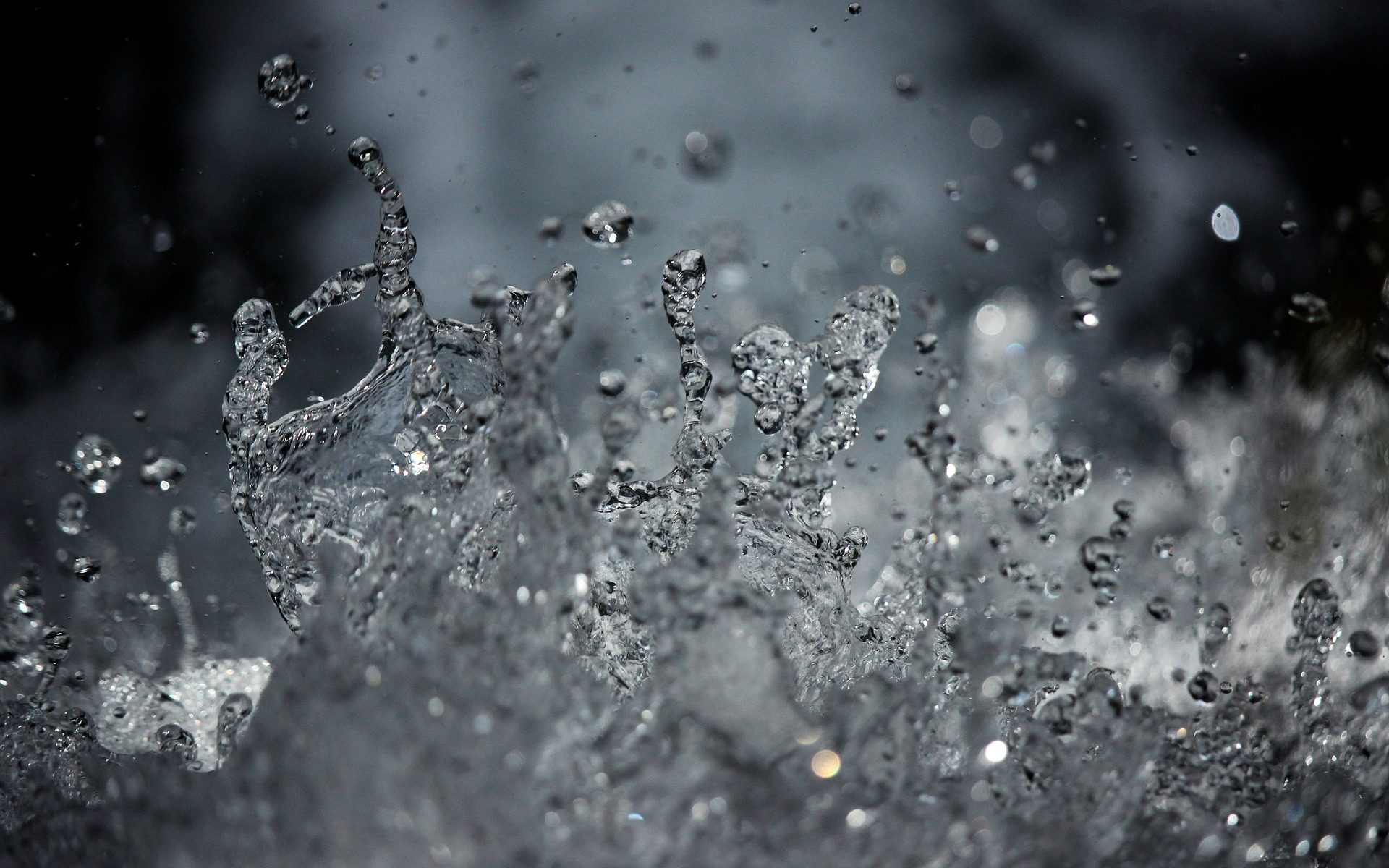by Peter Gleick
The most important trend in the use of water is the slowly unfolding story of peak water in the United States and elsewhere. Data on US water use are compiled every five years by the US Geological Survey, covering every state and every sector of the economy. The latest data – for 2010 – have just been released, and they show the continuation and acceleration of a stunning trend: US water withdrawals, for all purposes, are declining, not growing.
Traditional water planning and management assume inevitable, continuing, lockstep growth in demand for water as populations and economies expand. This has led to calls for continued expansion in traditional water infrastructure: dams, aqueducts, groundwater extraction, and long-distance water transfers.
But over the past 40+ years, this assumption has been proven false. (See previous commentaries on this, here and here.) New limits on water availability, the changing nature of our economy, new technologies that permit great improvements in efficiency and productivity of water use, and new management approaches have broken the two curves of water use and traditional population and economic growth apart.
In short, the US has reached the era of peak water.
Below are two graphical representations of this remarkable change from the Pacific Institute using data on the US economy together with the USGS water use estimates. The first shows total gross domestic product of the US from 1900 to 2010 (in inflation-adjusted 2005 dollars) together with total “withdrawals” of water for all purposes – from domestic and industrial use to irrigation and power plant cooling. As shown, the most recent water withdrawals data show that withdrawals in 2010 were lower than at any time in the past 40 years back to 1970.
US GDP in $2005; Water Withdrawals in cubic kilometers per year. Data from USGS and USBEA.
The second graph shows the “economic productivity” of water use, measured by the 2005 dollars of gross domestic product generated with every 100 gallons of water withdrawn. This productivity of water use has tripled since 1970 and we now get over $10 of GDP for every 100 gallons of water withdrawn. (Again, these data are adjusted for inflation.)

The assumption that demand for water must inevitably grow is false. Let’s start planning for the reality that a healthy economy and population can mean more sustainable, efficient, and equitable water use.
Resources
Gleick, P.H. and M. Palaniappan. 2010. Peak Water: Conceptual and Practical Limits to Freshwater Withdrawal and Use. Proceedings of the National Academy of Sciences (PNAS), Vol. 107, No. 25, pp. 11155–11162 Washington, D.C. June 22, 2010.http://www.pnas.org/content/107/25/11155.full.pdf
USGS 2010 Water Use Data: Maupin, M.A., Kenny, J.F., Hutson, S.S., Lovelace, J.K., Barber, N.L., and Linsey, K.S., 2014, Estimated use of water in the United States in 2010: U.S. Geological Survey Circular 1405, 56 p., http://dx.doi.org/10.3133/cir1405.
Gleick, P.H. 2010. “Has the US Passed the Point of Peak Water?”http://www.huffingtonpost.com/peter-h-gleick/has-the-us-passed-the-poi_b_758698.html
Gleick, P.H. 2011. “Is the US Reaching Peak Water?” Forbes blog post:http://www.forbes.com/sites/petergleick/2011/09/07/is-the-u-s-reaching-peak-water/
[This post also appears in a similar form at Peter Gleick’s Huffington Post column.]


